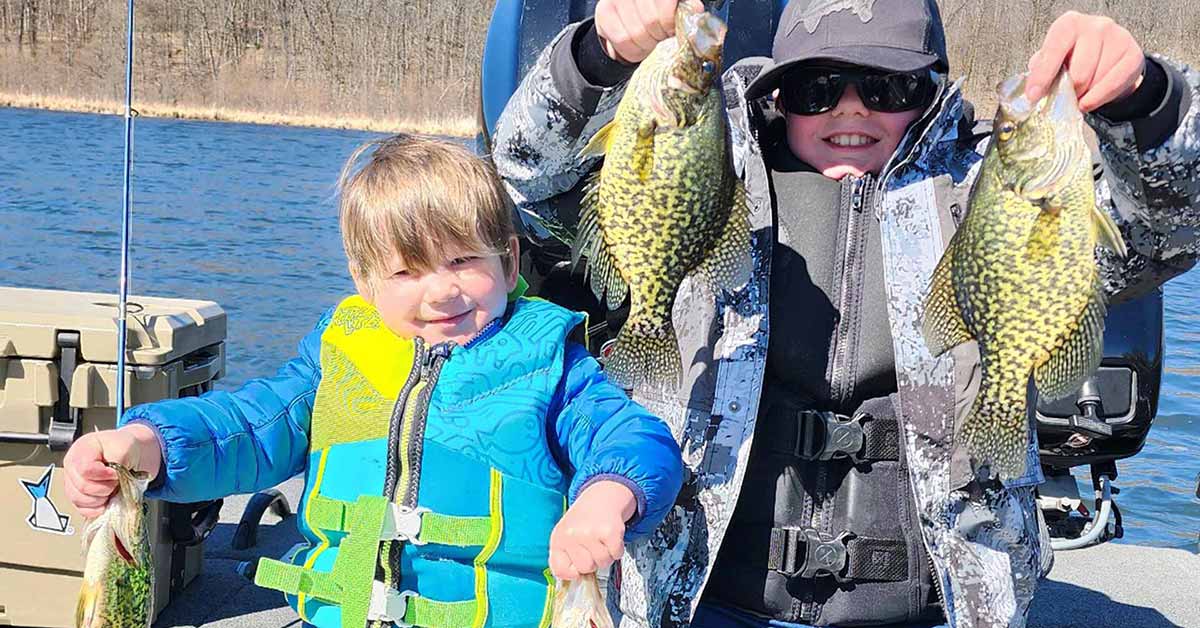Where Spring Panfish Hangout
Did you know that spring panfish are many anglers favorite fish?
Midwestern anglers have an incredibly diverse set of fishing opportunities at their fingertips. You name the target species, we’ve got’em in both size and numbers. If you love bass fishing, Michigan, Wisconsin, Minnesota and the Dakotas have some of North America’s best smallmouth and largemouth fishing. Many of our hardcore anglers like to pursue the “glory fish“ like walleye, musky, trout, and salmon.
What about the so-called “rough fish” like sturgeon, carp, cats, dogs, and sheep? Yeah, we have those, too! If you haven’t fished ’em, you really should because they grow big and pull hard.
Interestingly, crappie and sunfish, the smallest gamefish, are the favorites of many fisherman. Why? It might be because they are easy action and great table fare, or maybe it’s because they were the “gateway fish” from our childhood. Regardless, panfish are extremely popular amongst today’s anglers.
Seasonal timing is important for catching any species of fish. Spring panfish fishing is fairly straightforward because the fish are predictably concentrated in shallow bays and channels. In other words, they’re relatively easy to find. With polarized sunglasses you’ll often see schools of panfish in shallow cover like wood, bulrushes and lily pad fields. This is primetime to get in on some great shore fishing action, too.
Like all gamefish, panfish make dramatic seasonal movements. And to be a true panfish master, you must be willing to move with them. After spawning, both crappies and bluegills tend to move to main lake weed beds, where they remain for the majority of the summer. This is when good electronics are critical for finding and catching panfish.
As water temperatures drop in fall, crappie start gathering in large schools around deepwater basins. Bluegill makes similar movements but tends to hold on weed edges into the cold-water period.
In recent years, fisheries managers in many states are now implementing more special regulations and experimenting with size limits and lowering bag limits to maintain quality panfishing. As with all gamefish, but especially panfish, selective harvest is the key to maintaining quality fisheries for future generations.










